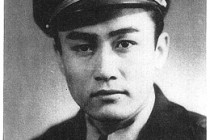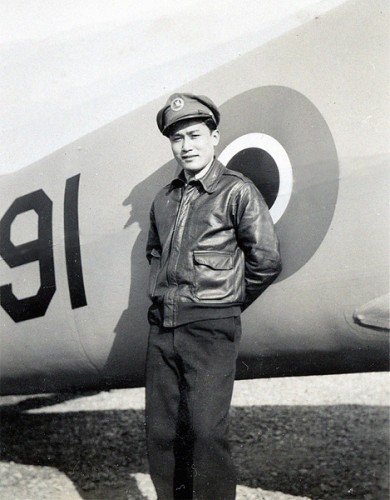
Cedric Mah was born in 1922 in Prince Rupert, British Columbia. He was the younger brother of Albert Mah, who born two years earlier in 1920.
At that time in British Columbia there was a lot of discrimination faced by Chinese. Opportunities were limited. In order to pursue new opportunities, both brothers found themselves down in sunny Los Angeles, learning to fly.
When war broke out, Cedric and Albert were eager to join Canada’s war effort but initially were turned down by the Royal Canadian Air Force because they were Chinese. However, due to their significant flying experience, they helped train new pilots in the British Commonwealth Air Training Plan until an offer from the China National Aviation Corporation (CNAC) landed in front of them. The brothers were offered the job air lift supplies and people from India to China over a notorious mountain range: the Himilayas.
Cedric and Albert were sent to India. Their mission was to fly into Japanese occupied China with supplies and people vital to the war. It meant flying twin engine, unpressurized Dakotas over the highest range of mountains in the world which were often patrolled by Japanese Zeroes.
In one instance, ice was forming on the wings of Cedric’s aircraft as he tried to climb over the Himalayas. To lighten the load of the plane, he jettisoned $800 million in Chinese currency just to clear the peaks. We are not sure if anyone ever discovered these bills — likely they are still there on some mountain slope.
In total, Cedric made 337 missions flying for some 6,000 hours in support of the American group called the Flying Tigers. He lager was a decorated Second World War pilot and in 1997, was awarded with the Distinguished Flying Cross. Together with brother Albert, they broke the record number of hours flying dangerous routes over the Himalayas during the WWII.
After the war, Cedric continued to pursue his love of flying. He flew as bush pilot in the Arctic and in northern British Columbia.
Eventually, he settled in Edmonton with his family and later in life suffered a stroke. As part of his therapy, Cedric purchased a second hand car and refitted the dash with cockpit instruments (complete with compass and altimeter.)
In his retirement, Cedric volunteered at the Aviation Museum in Edmonton. On April 29, 2011, at the age of 88, he sadly passed away, leaving a legacy of flying rarely matched.
Listen to his interview for the Heroes Remember documentary series
Read an article on Cedric’s story that was featured in Aeroplane Monthly
CBC coverage of Cedric’s passing
